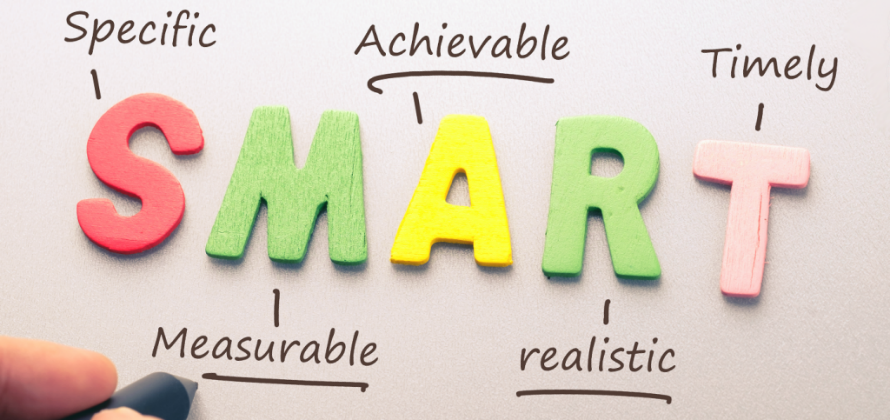Goal Setting

Goal setting is the process of creating an action plan with the aim of motivating a person towards a goal. It is an important part of personal development. Every individual will endeavour to set goals for themselves at some point. The most popular goals are those which we call ‘New Year’s Resolutions’. This tradition focuses on setting goals towards changing an undesirable trait or behaviour, and therefore improve one’s life. This tradition of goal setting is likely so popular as people want to start the year anew. However, it doesn’t need to be the start of a new year for you to set some goals around important areas of your life.
Ever tried to set a goal for yourself and found you couldn’t follow through? Most will answer YES! A lack of success in goal setting doesn’t mean that we aren’t as capable as those who seem to achieve all the goals they set. It might just mean that the integral aspect of goal setting known as the action plan, has been missed, meaning that you haven’t thoroughly planned out your goal or thought about how you will go about achieving the goals you set. Often people will not achieve their goals because they are too broad and/or are not realistic given the circumstances. For example, one might set the goal ‘To lose weight’. This goal is very broad and doesn’t tell us any information about what needs to be done to achieve this goal and how we will know when the goal is achieved. So, let’s say the goal was to lose 20 kilograms. In and of itself, this is quite a lot of weight to lose, and the goal has been set quite high. Larger goals should be broken down into smaller, more achievable goals. While the goal to lose 20 kilograms is still there, the focus is on the short-term goal. These small goals lead to achieving the long-term goal. Here’s how it is done…
We can follow the SMART goal setting framework to help create an action plan for goal setting:
S = Specific: Goals should be well defined. Be specific about what you want to achieve.
M = Measurable: Ensure that you can measure the goal over time so you know how far away from completion it is.
A = Achievable: The goal needs to be attainable and one that can be reached successfully.
R = Realistic: The goal should be realistic given the current circumstance and availability of time, knowledge or resources.
T = Timely: Set enough time to complete the goal. Not setting enough time can impact on the overall success of the goal.
Using the SMART goals framework and the weight loss example mentioned above, here is our new SMART goal:
To lose 3 kilograms per month, for the next 7 months, by engaging in regular exercise (1-hour gym workout, 4 times per week) and sticking to an eating regime lower in carbohydrates.
Let’s look at how this goal fits within the SMART goal framework:
- Specific & Achievable: We have specifically outlined what we want to achieve i.e. to lose 3 kilograms each month and have outlined how this will be achieved, i.e. by engaging in exercise and sticking to an eating regime
- Measurable: We can measure progress towards this goal each month
- Realistic: It is realistic given that the action plan involves healthy eating and exercise which we know aid in weight loss
- Timely: We have set a time-limit of monthly review and want to have achieved the goal in 7 months.
When you follow the SMART goal setting framework, your chances of achieving your goals are a lot higher. Wishing you all the best of luck on your goal setting journey.
If you are finding it challenging to set personal goals and would like some support, why not give us a call? Our team of highly skilled and well-experienced Psychologists are here to help. Call us now and take that first step towards obtaining the life you deserve.

